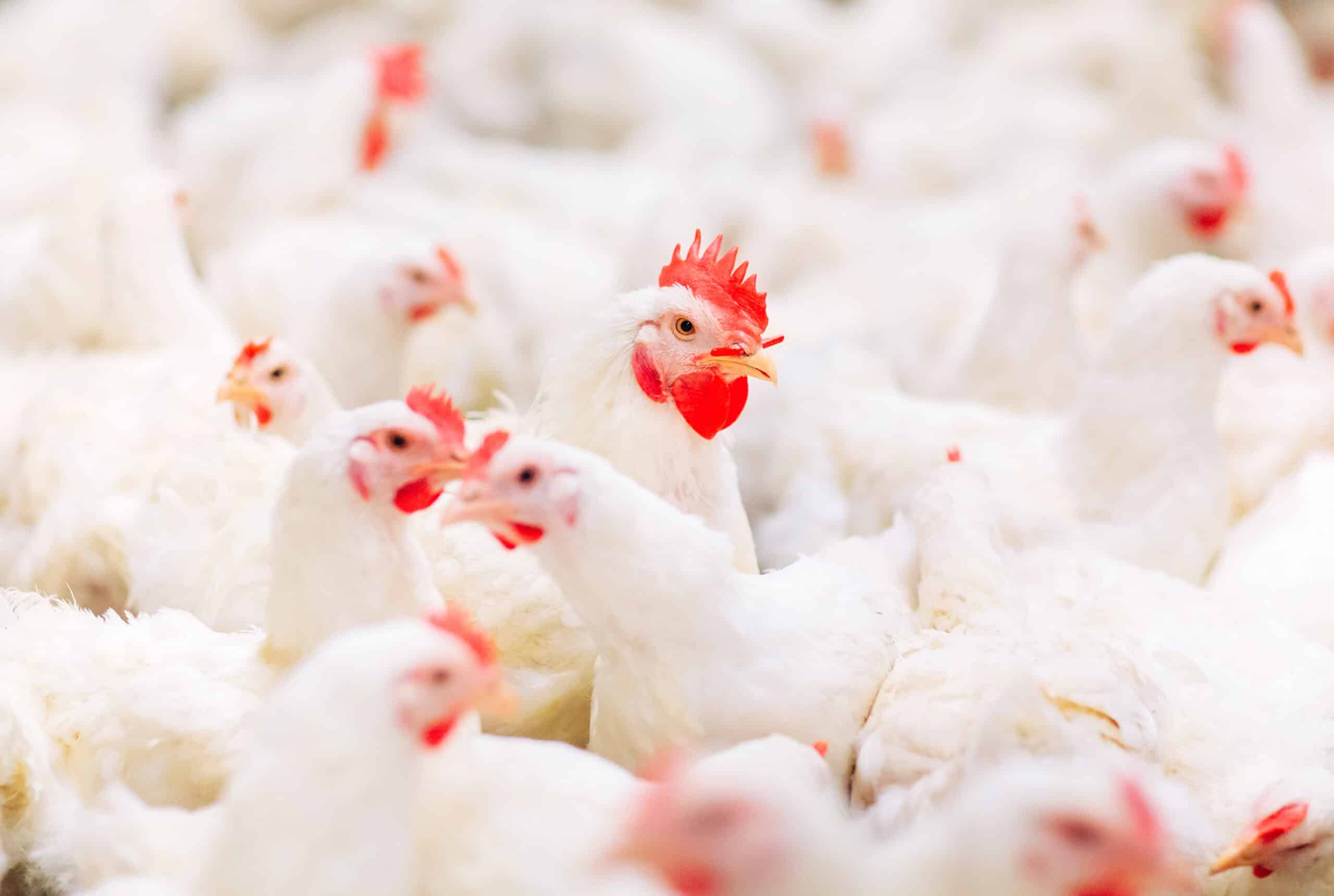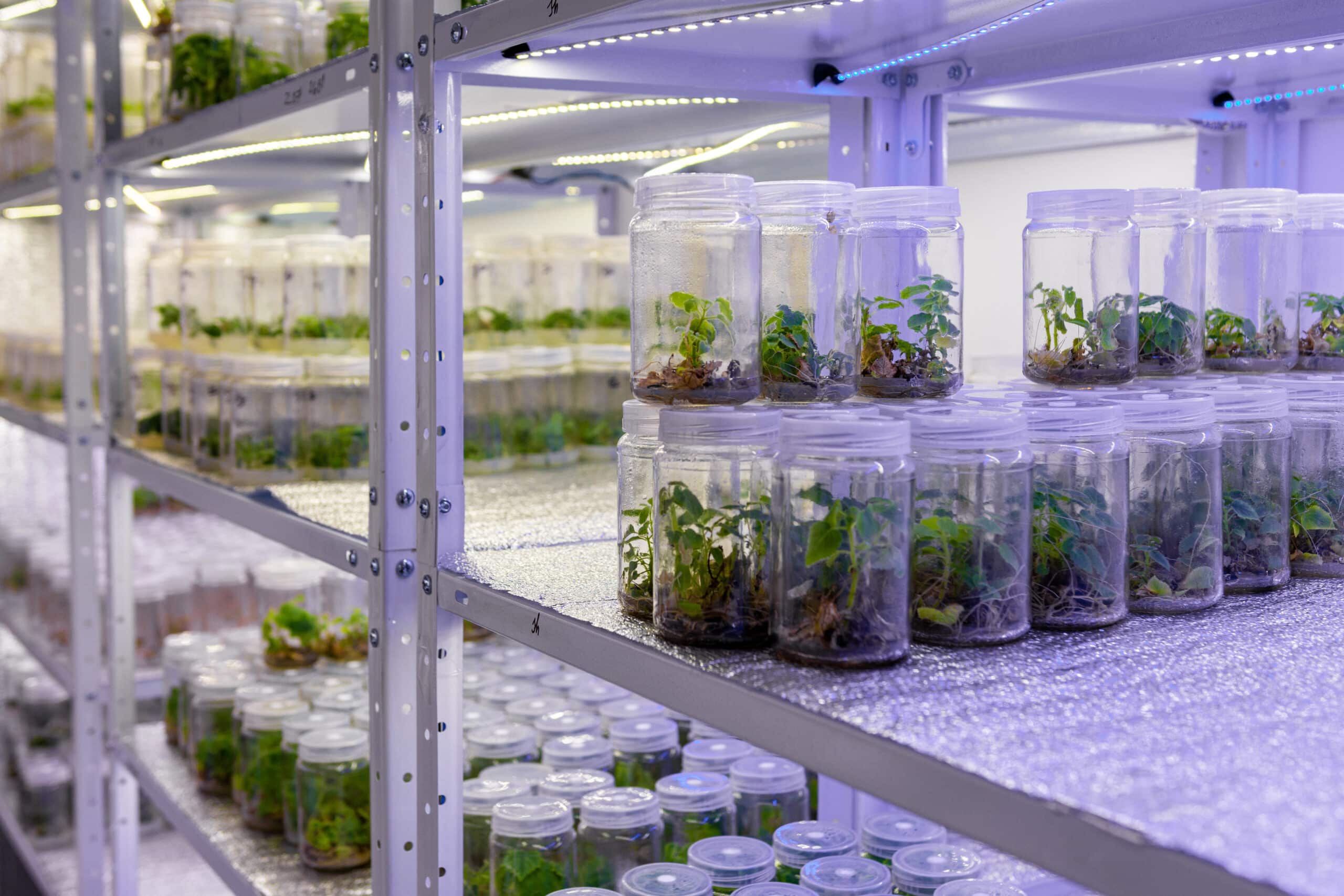Agroforestry – the age-old practice of integrating trees and shrubs with traditional crops – has experienced a renaissance in recent years. Through agroforestry’s roots can be traced as far back as ancient agriculture, a growing concern over climate change and food insecurity has seen these practices grow in popularity, as practitioners seek to mimic natural ecosystems and mitigate the adverse effects of monocultural farming.
Agroforestry consultants suggest that, if properly designed and implemented, these practices can mitigate greenhouse effects, protect ecosystems, provide economic gains, and ultimately build secure and resilient food systems globally. However, there are challenges and limitations to agroforestry, and farmers must weigh up the advantages and disadvantages of agroforestry before implementing it.
Advantages of agroforestry
Environmental benefits: Agroforestry systems offer a range of ecological benefits when compared to conventional full-area farming. It facilitates better utilisation of groundwater, which is crucial in maintaining the water table and ensuring sustainable water use. Additionally, agroforestry reduces nutrient leaching into nearby water bodies, which is a common environmental concern associated with intensive farming practices. Agroforestry also reduces soil erosion on farms, helping preserve soil health and structure. Importantly, these systems enhance biodiversity, providing habitats for various species and improving the ecological balance. This is particularly the case with more complex systems such as multistrata agroforestry.
Productivity: Ultimately, healthy and nutrient-dense soils can provide larger yields and greater resilience to droughts, floods, pests, and diseases, leading to higher and more consistent returns. They also serve a practical function by providing wind protection for crops and shelter for livestock, thus reducing crop loss and improving animal wellbeing.
Economic considerations: Agroforestry systems can offer diverse revenue sources for farmers. Trees are a valuable resource, and farmers can harvest and sell materials such as timber, firewood, fruits, and more. Furthermore, healthier soils negate the need for excessive pesticide and fertiliser use, thus lowering inputs costs. There is also a growing bank of grants and private investment options for farms that adopt sustainable practices.
Social: Agroforestry can also help address the aesthetic issues associated with monoculture farming. Almost by definition monoculture farming is prone to creating monotonous, unattractive, and bland terrains. The integration of tree strips into these landscapes significantly improves the aesthetic appearance of the farmland. This not only makes the farmland more visually appealing, but it can also contribute to the overall well-being of communities living in and around these areas and help build a more positive perception of agriculture within the community.
Disadvantages of agroforestry systems:
Profitability: One of the primary drawbacks of agroforestry is its potential to lower profitability compared to full-area farming. The initial transition to agroforestry can be resource-intensive and may temporarily reduce a farm’s profitability. This is particularly significant where producers rely on immediate and consistent yields for their livelihoods. Producers must also consider the operating costs associated with maintaining these systems. Even with the optimal integration of trees, the overall return on investment may not match that of more intensive, monoculture farming practices and addressing these challenges may require policy interventions and financial incentives.
Impact on crop yields: In some instances, trees can negatively impact the yields of field crops. Factors contributing to this include shading – which can limit the amount of sunlight available for crops – and increased competition for nutrients and water. Additionally, trees can inadvertently create habitats for plant pests, which could pose new pest-management challenges for producers.
Reduced flexibility: Agroforestry systems introduce a degree of inflexibility in farm management decisions. Since trees are planted perennially, they demand a long-term commitment. This limits the ability of farmers to adapt their practices quickly in response to changing market conditions.
Complex management and knowledge: Agroforestry requires specific knowledge, tools, and expertise to be effective. It is inherently more complex than monoculture farming and farmers must understand how both animal and plant species interact, as they try to manage unique growth patterns and nutritional needs of both. The need for specialised knowledge in selecting compatible plant species, understanding their life cycles, and implementing effective intercropping strategies can be a substantial barrier to the adoption and effective management of agroforestry systems, as can pest and disease management requirements. All of this demands a higher level of expertise and can pose a significant challenge especially for smallholders who may have limited access to agricultural education and extension services.
Weighing up your next move
While it offers a range of benefits, it’s important to acknowledge the advantages and disadvantages of agroforestry. Regardless of its transformative impact on agricultural practices and landscapes, there are likely to be significant trade-offs involved in its implementation. Before committing to this approach, producers and land managers must conduct comprehensive operational, technical, and economic assessments of their lands and markets.
At Farrelly Mitchell, our sustainability and ESG experts advise producers on the implementation of sustainable farming practices such as agroforestry. We conduct comprehensive on-site assessments to measure ESG performance, identify areas for improvement, and determine the financial feasibility of new practices. Our services cover the entire implementation process from strategy to execution, ensuring that agribusinesses can transition to more sustainable methods efficiently, effectively, and with as little operational disruption as possible.














